I recently accompanied an intrepid group of Cambridge alumni on board the Ocean Endeavour as we sailed a section of the fabled Northwest Passage from West Greenland to the western Canadian Arctic.
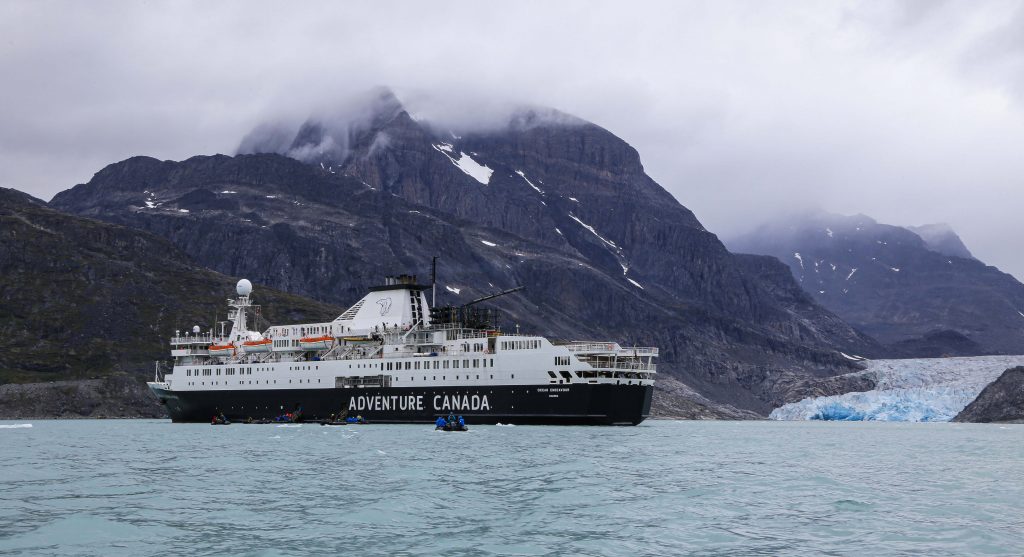
The Northwest Passage is any sea route that links the northern Atlantic and Pacific oceans via the network of internal waterways that dissect the Canadian Arctic Archipelago. As of 2020, seven different routes have been used, and 324 complete maritime transits made, following the first successful passage by Roald Amundsen in 1906.
However, the Northwest Passage was perhaps made most famous by one who never completed the journey —Sir John Franklin—who disappeared without a trace along with 128 of his crew after becoming ice-bound in 1847.
Interest in the Northwest Passage has increased of late, in part due to the discovery of the wrecks of Franklin’s ships, the Erebus, in 2014, and her sister vessel, the Terror, in 2016, and in part due to the rapidly diminishing sea-ice in the region, making maritime transits increasingly feasible.
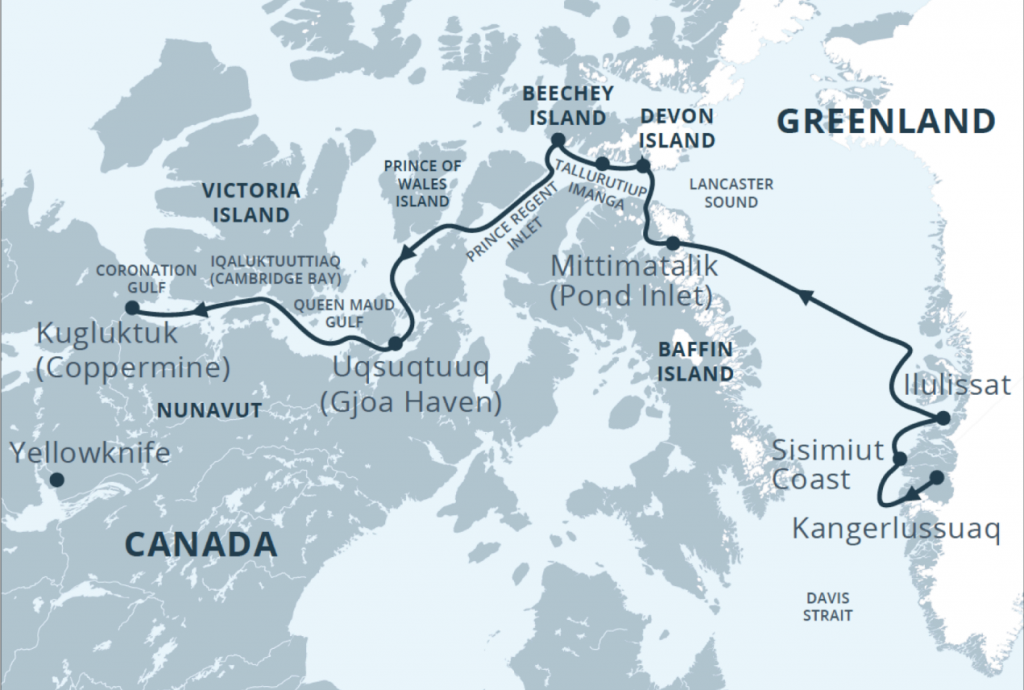
Alongside the obvious appeal of the exploration history, not to mention the vibrant culture of the local Inuit populations (Fig. 3), the iconic marina fauna (Fig. 4), and spectacular ice-laden scenery (Fig. 5), a lesser appreciated but equally impressive facet of the Northwest Passage is its remarkable geology.
Accompanied by my former postdoctoral supervisor at the Geological Survey of Canada and Visiting Senior Scholar in our department, Prof. Marc St-Onge, our job was to illuminate the rich and varied geological history of the region for the passengers on board the Endeavour (Fig. 6).

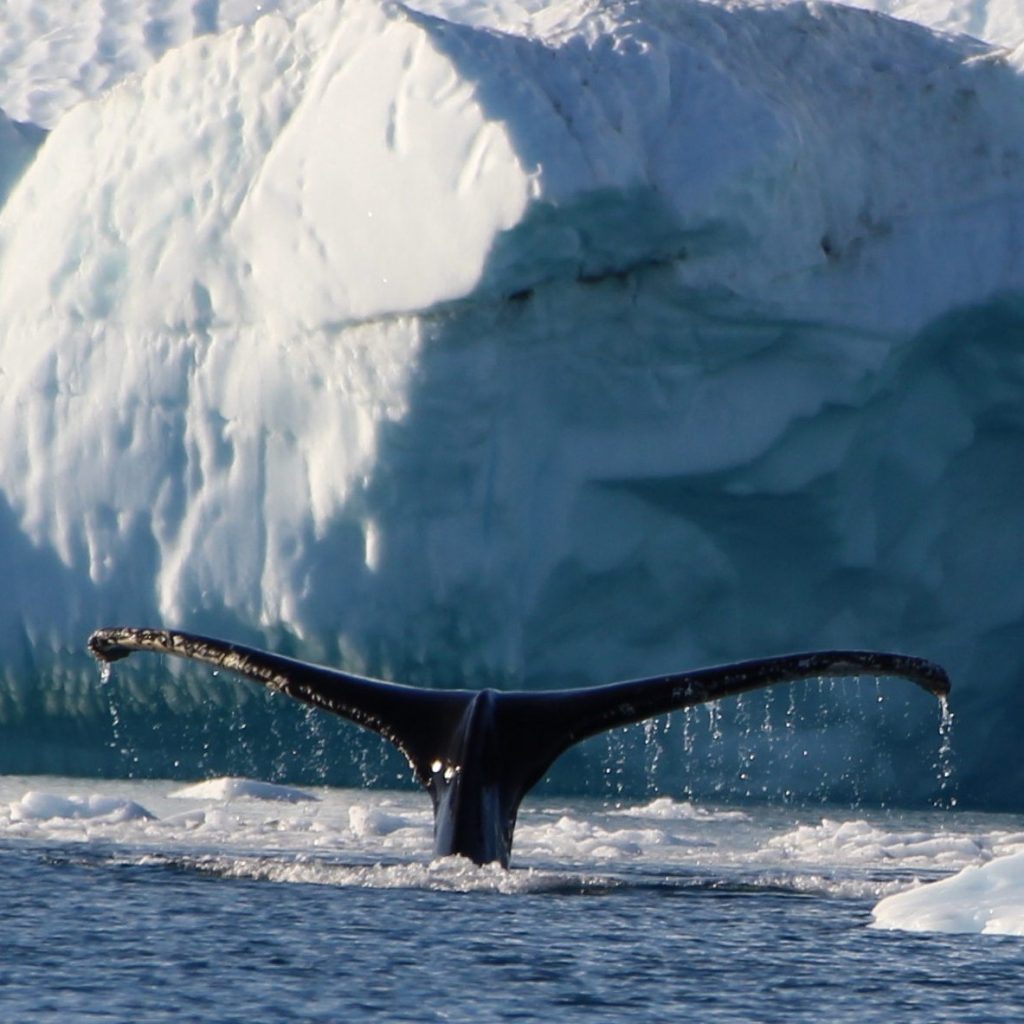
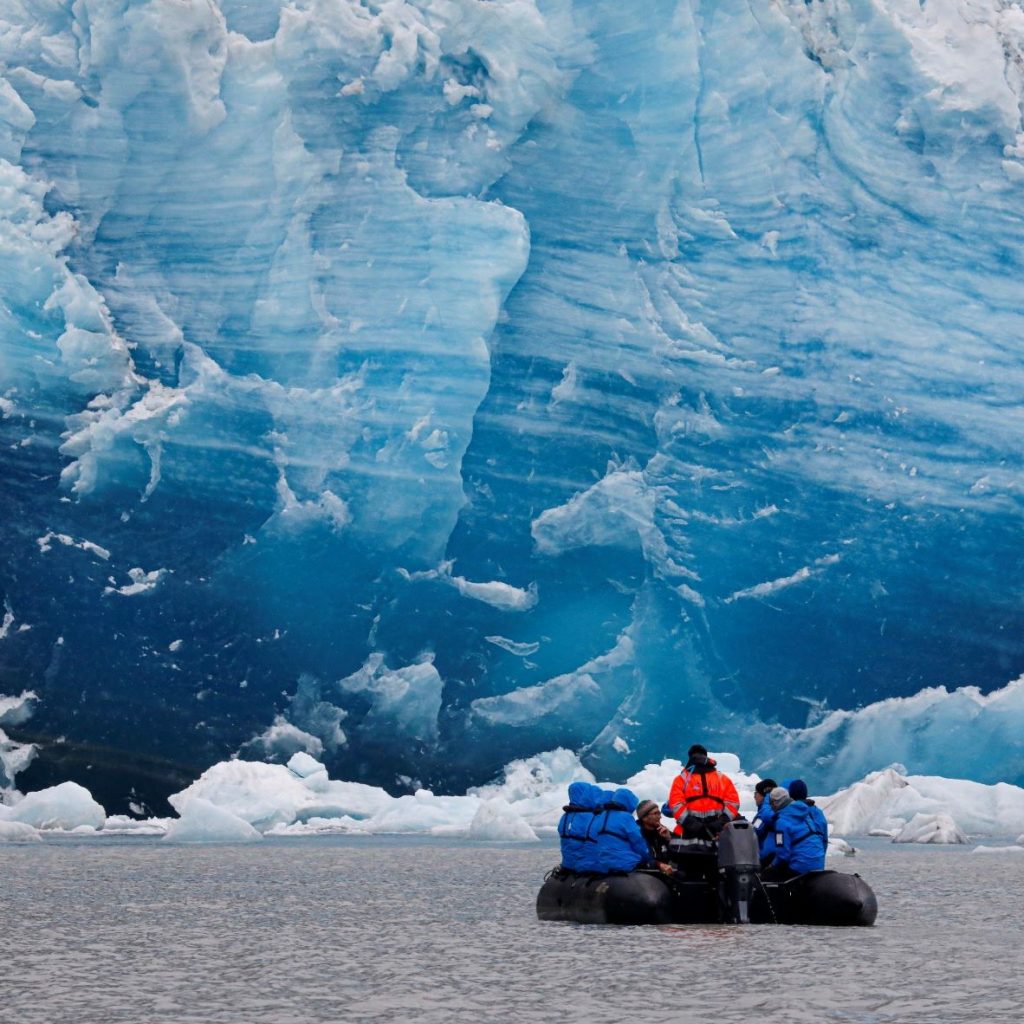
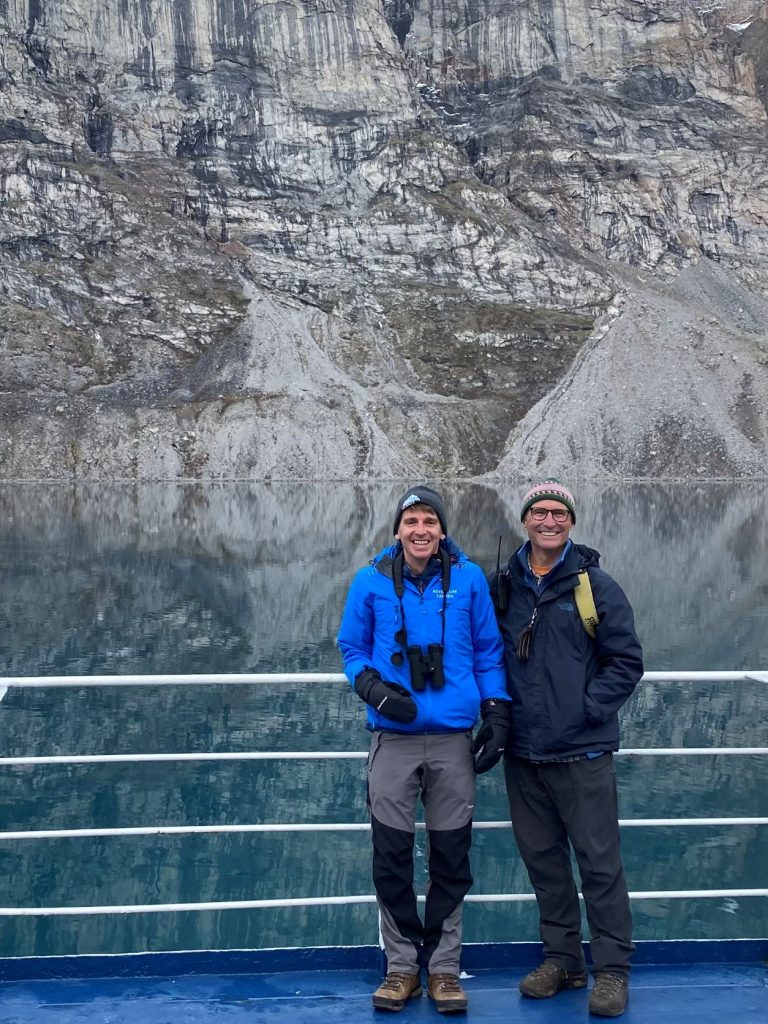
The trip began in Kangerlussuaq, a former US army base and namesake of the 190-km long fjord that extends south-west to the Davis Strait and straddles the Arctic circle.
Immediately geology was at the fore, as the fjord cliffs provided a superb cross-section through the southern margin of the ‘Nagssugtoqidian’ orogeny; a Paleoproterozoic (c. 1.86 billion year old) deformation belt that sutured the Archean North Atlantic Craton in the south, to the Archean Rae craton in the north.
As we sailed down the fjord we crossed the Nagssugtoqidian deformation front into pristine North Atlantic Craton, as evidenced by the prominent basaltic dykes in the cliffs that transition from deformed to pristine.
Although this was my first visit to Greenland, I was on familiar territory as the Archean Lewisian gneiss and Paleoproterozoic Scourie dykes of northwest Scotland are correlative with these units.
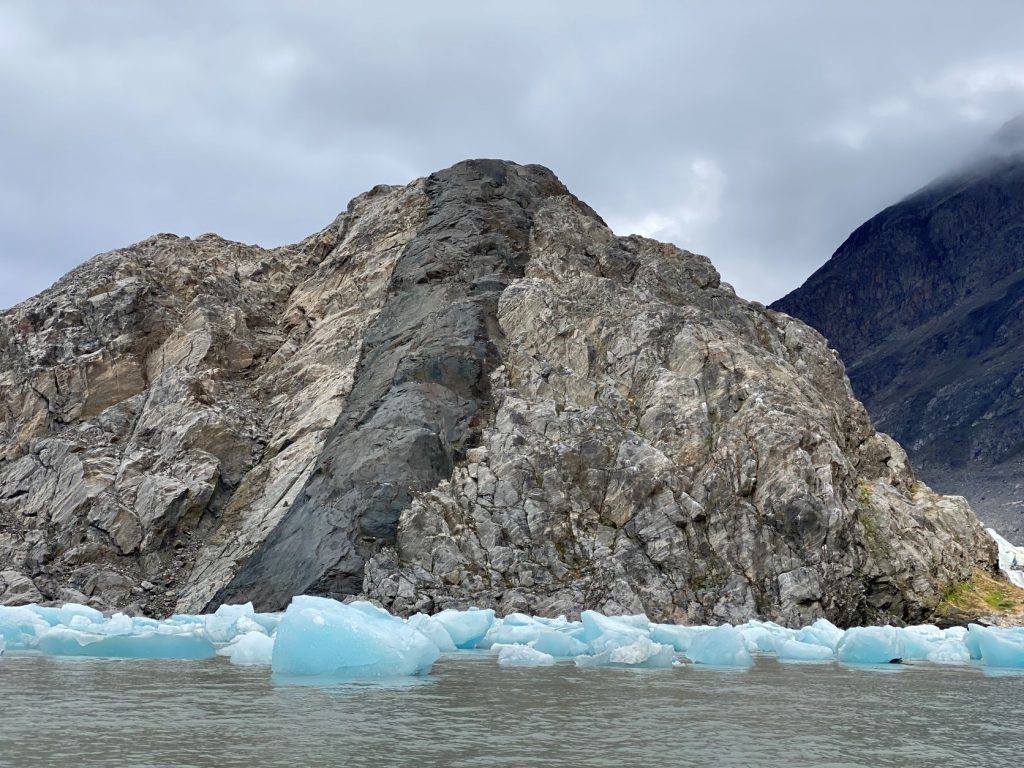
After sheltering from a storm in the Davis Strait, we made our way north along the Greenlandic coast to Disko Island, crossing back through the Nagssugtoqidian orogeny and into the Rae craton.
Here a spectacular unconformity was observed, with Disko Island featuring km-scale cliffs comprising c. 60 Ma basaltic plateau lavas perched on top of c. 2.9 Ga felsic gneiss of the Rae craton. Again, the geology felt familiar as the lavas resulted from the impingement of the Iceland plume during opening of the (failed) Davis Strait rift, correlative with their North Atlantic igneous counterparts exposed in the Hebrides and in Northern Ireland (Giant’s Causeway).
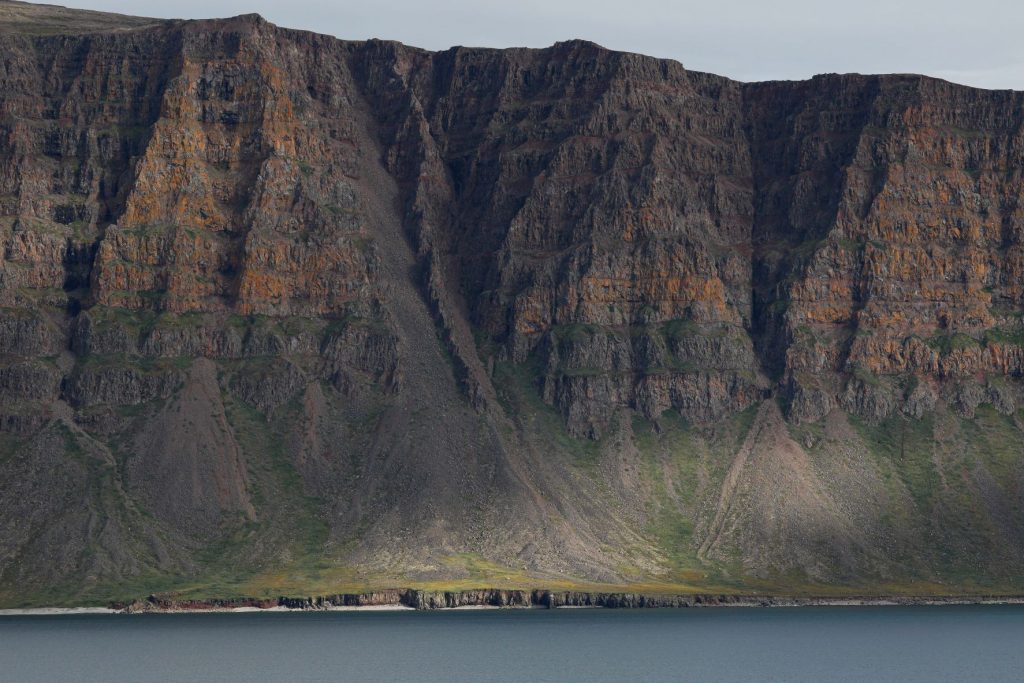
After marvelling at the nearby Ilulissat Ice Fjord, the fastest calving glacier in the northern hemisphere and likely source for the iceberg that sunk the Titanic, we ventured across the Davis Strait to Baffin Island during a lull in stormy conditions.
I was scheduled to give a lecture on the top deck during this transit, so was particularly relieved the swell was only moderate! Baffin Island is the fifth biggest island in the world, and the part of the Arctic I know best as I have enjoyed several field seasons on its shores, most recently co-authoring the bedrock map sheet that includes Mittamalik (Pond Inlet), our next destination on the northern coast.
As we sailed there up the eastern edge of Baffin Island, a pod of narwhal provided an excellent scale to the km-high cliffs, featuring more Rae craton gneiss, crosscut now by the 720 Ma Franklin dyke swarm (Fig. 9); the dramatic topography, mirroring that of West Greenland, due to rift-flank uplift associated with the opening of the Davis Strait.
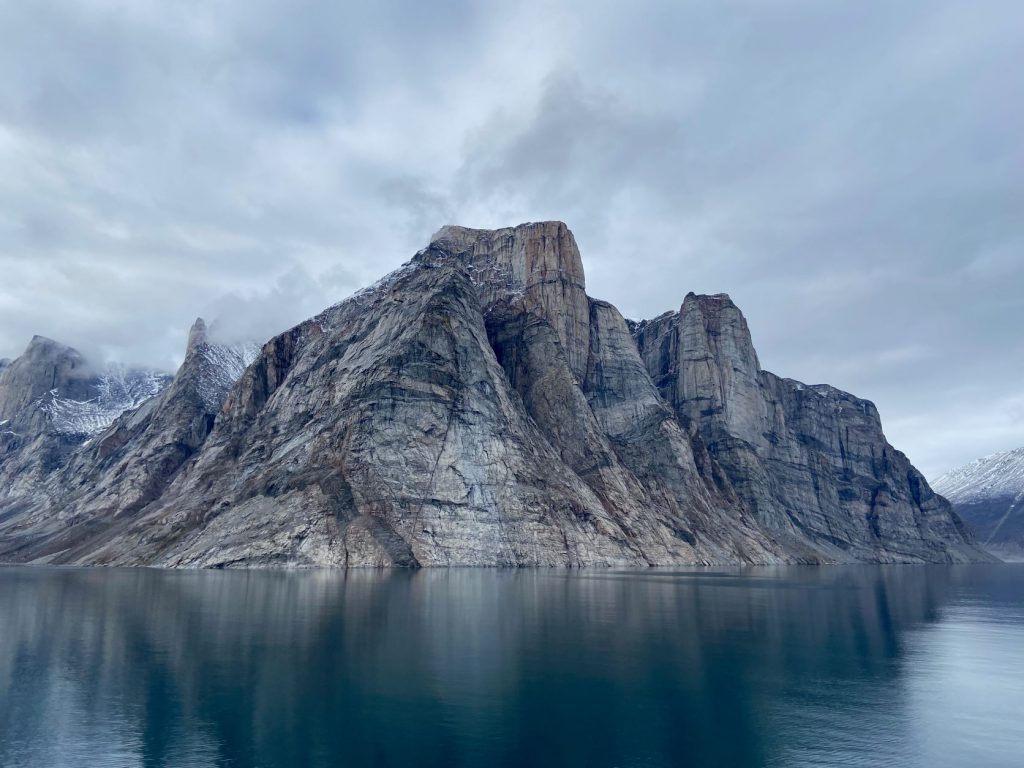
After enjoying a cultural performance at Pond Inlet (Fig. 3), we sailed on to Devon Island, visiting the ‘Great Unconformity’ at Dundas Harbour, featuring fossiliferous Cambro-Ordovician shallow marine strata overlying the Archean Rae craton.
The sedimentary units here dip west so that as we carried on sailing west down Lancaster Sound, we moved up section to the Silurian at Beechey Island (Fig. 10); a haunting, desolate* island at the crossroads of the Arctic, etched by freeze thaw and famously home to Franklin’s men when they overwintered in 1845–46 (*unless you’re a palaeontologist as the fossils were quite terrific).
Our route then took us south to Fort Ross, located at the mouth of the Bellot Strait; a narrow rocky defile that separates the North American landmass from the Canadian Arctic Archipelago. Fort Ross is also located back on the underlying Rae craton basement as the strait forms the core of a large anticline in the region, which formed as a far-field product of the Caledonian mountain-building event, reminiscent of the ‘Pyrenean’ deformation observed along the south coast of the UK, such as at Durdle Door.
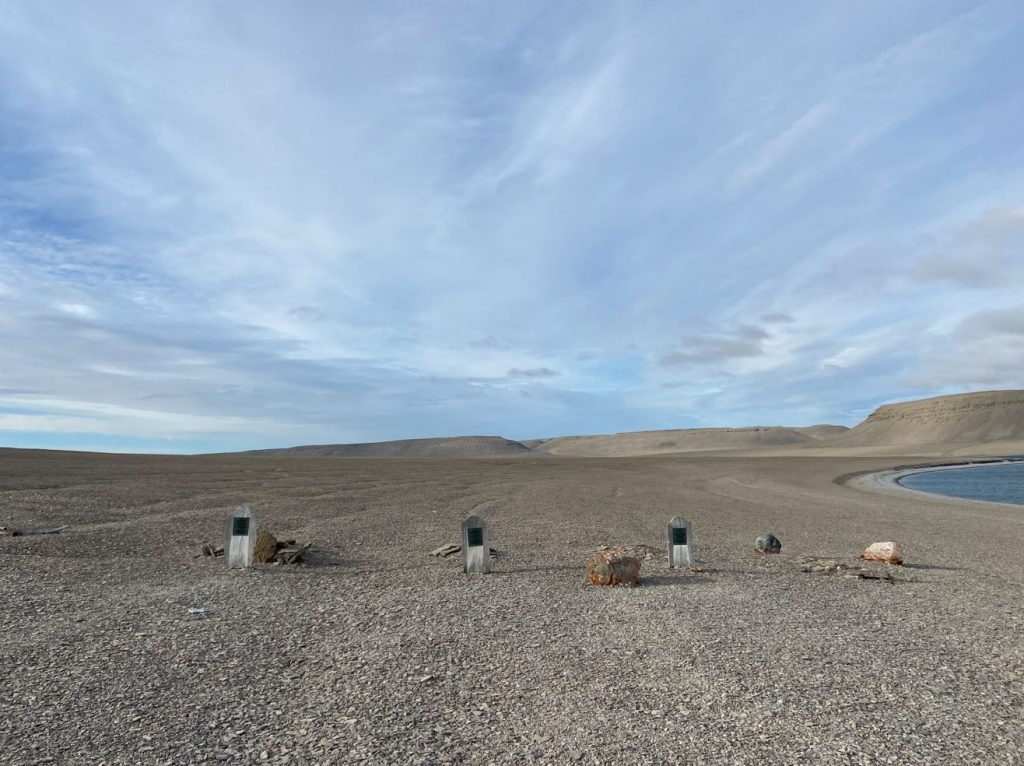
After visiting Gjoa Haven—named after Amundsen’s ship the Gjoa—and sailing around King William Island, we made our way west to our penultimate stop of the trip at Port Epworth. Here we viewed c. 1.9 Ga stromatolites, preserved in spectacular 3D outcrops due to early silicification (Fig. 11).
These stromatolites were the inspiration for a short story (The Stone Mattress) by Margaret Atwood, who visited the outcrop on a 2012 Adventure Canada trip, which features the trace fossil as an unlikely murder weapon on board a cruise ship! Finally, we docked at Kugluktuk (formerly Coppermine), our destination, with a stepped landscape formed by thick 719 Ma Franklin sills.
The basement here forms part of the third craton of the trip, the Slave craton, which contains the oldest rock in the world: the 4.03 Ga Acasta gneiss. As we flew south to Yellowknife the captain obligingly pointed out the location of the gneiss below, completing our transit through 4 billion years of Earth history.
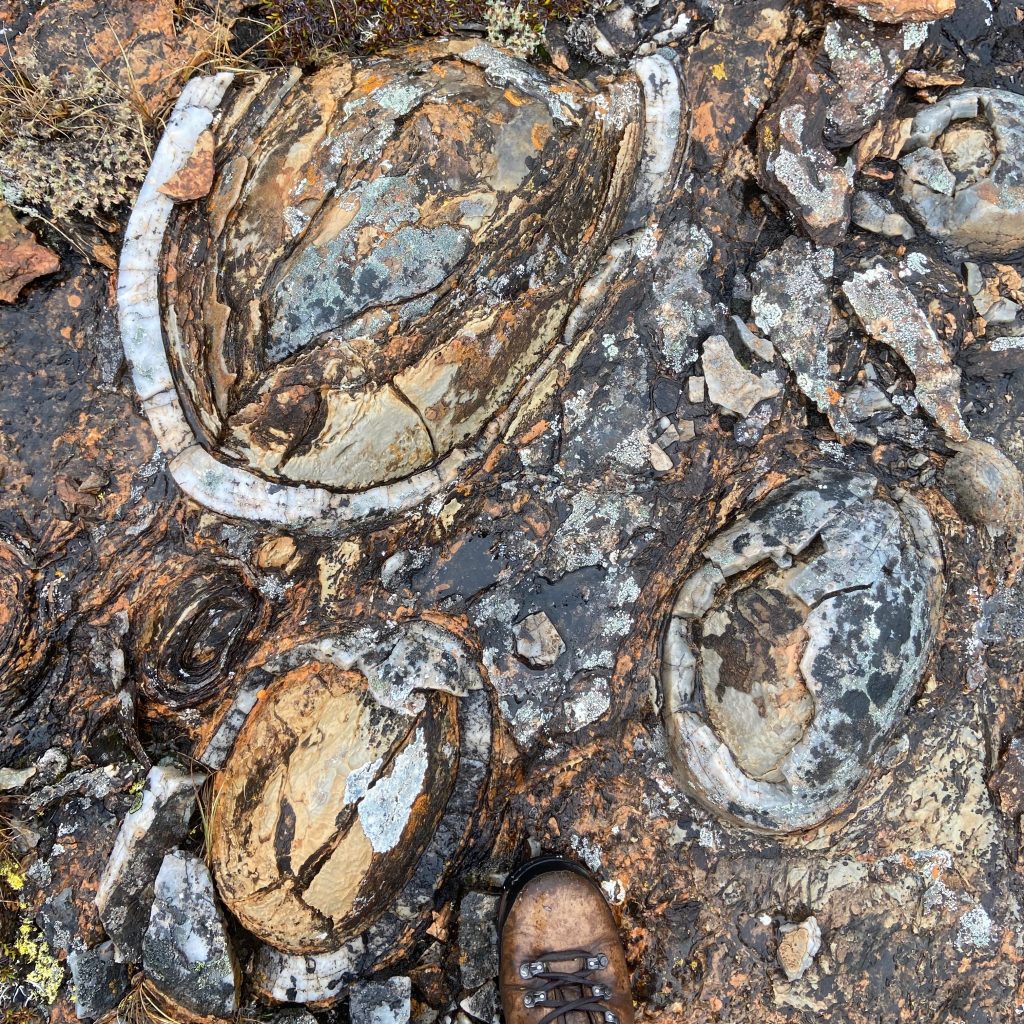
Dr Owen Weller — Associate Professor in metamorphic petrology


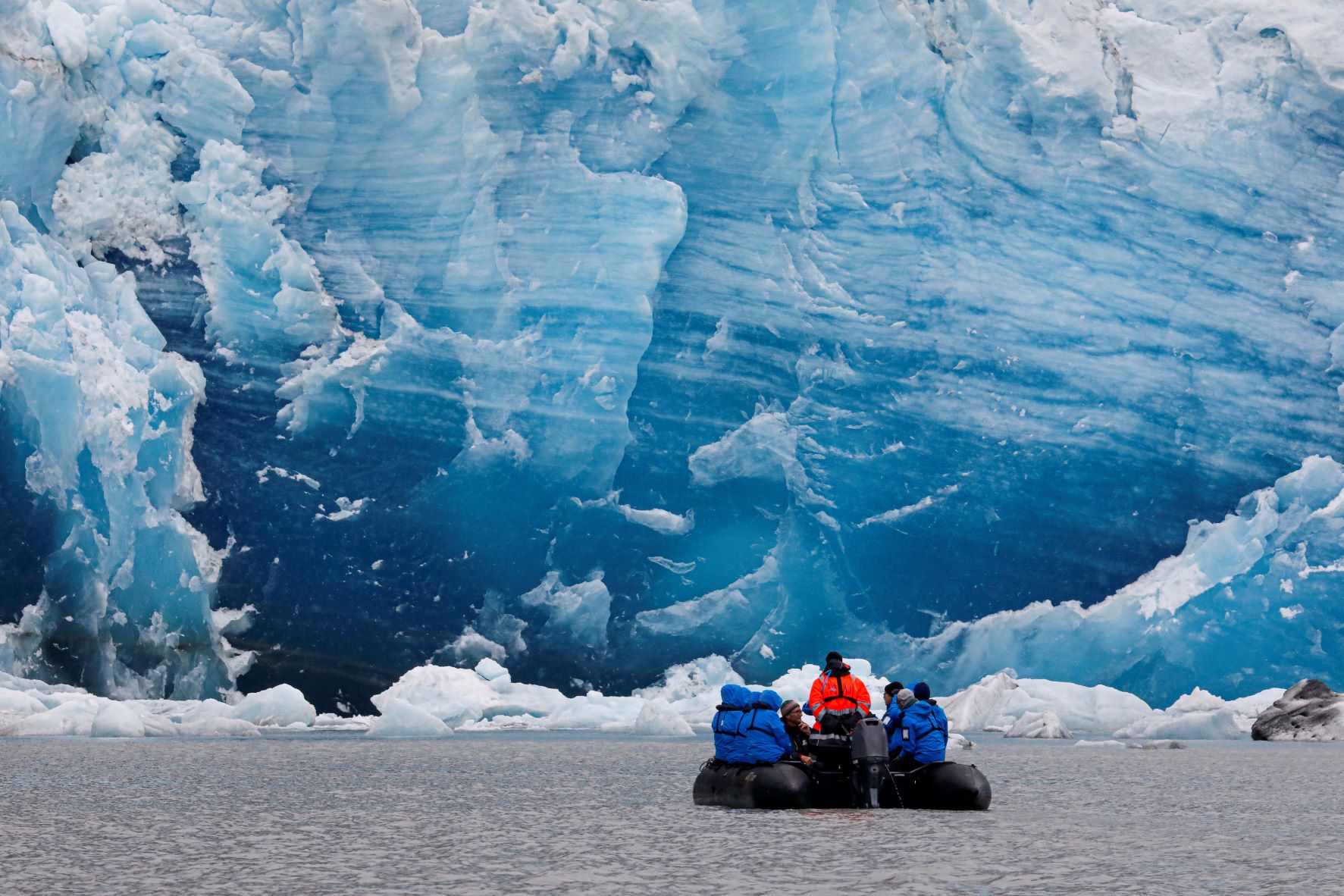
Excellent article, Owen. Thank you so much for sharing it. You sum up our trip very accurately and succinctly. You and Marc St-Onge are not only extremely knowledgeable but are also both first class teachers who helped enormously to enrich our experience.